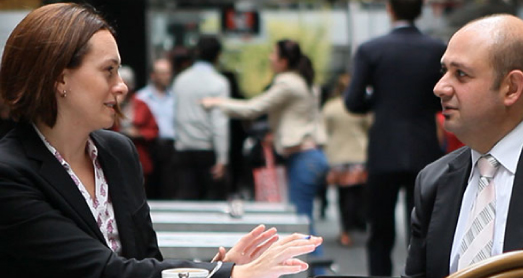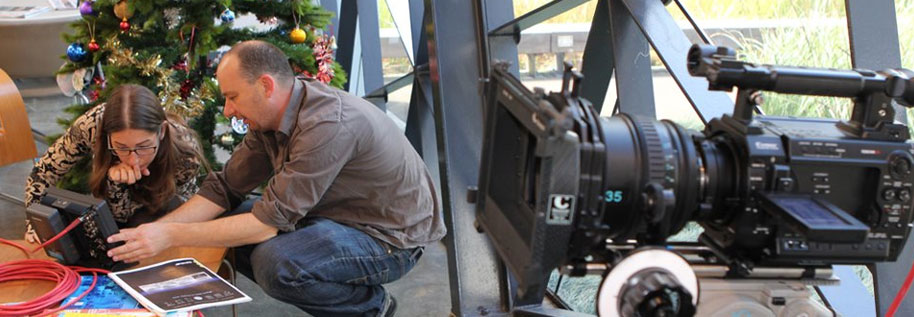The world of video production in Sydney can be confusing and unfamiliar, especially if you’ve had no prior experience. In a situation such as this, every step can be daunting and full of challenges. We know that our clients have a better experience the more familiar they are with the process.
Throughout this blog post I’ll outline some of the key stages of production and the terminology we use during this process.
By doing this we will hopefully improve your overall experience and ensure that you have a strong concept of the steps involved in production.
Pre-production, production and post-production are the three stages of video production. Each of these stages has certain tasks and processes that all intertwine.The most important stage is pre-production, as the preparation and diligence required lays the foundation for a successful production.
Pre-Production
The pre-production stage ensures that before we begin the complete process we have a clear concept for the direction of your video, and how we are going to get a great result for everyone involved.
This is a critical step in the process that considers all elements of production are considered and examined before moving onto the production phase. In order to produce a video that all parties are happy with, we need to first establish your goals and desired outcomes for the video. By working out what we want to create as a finished product, we can work backwards and make sure all the ingredients are ready for production. We need to fully understand you desired outcomes and needs to deliver a finished video that suits all your criteria.
In our planning stages, we look to find out:
– the video type (corporate, web video, event video, training, TVC)
– the video’s purpose/ intended usage of the video
– key subject matter
– The service or product you are offering
– intended audience
– visuals/preferred style
– where the video will be played (e.g. web video, banner, conventions etc)
– whether the video is a standalone or part of a larger series of videos
– content delivery (e.g.. web video like Vimeo/Youtube, DVD, mobile devices)
From this starting point we begin to form an understanding of your goals, your key messages and your intended audience.
We will then progress to developing a strong concept that will deliver your message to your chosen audience.
Ins some instances, we will develop a script for voiceovers or demonstration. For complex shoots, a storyboard can be then developed to give you a rough visual guide of what to expect from the final product. By this stage in the process, we can start to see the final product on paper and you can then develop the idea further and make changes to the plan as you see fit.
Production
This is the part of the process where are the groundwork we have laid in pre-production comes to fruition. The production stage involves the biggest step, the actual shoot, and capturing all necessary footage and sound for the project.
This phase may include any or all of the following:
– Filming of talent, whether that be interviews, re-enactments, B-roll etc.
– filming your product in action at the studio or on location
– filming actors
– filming customer interactions
– Time lapse/slow motion filming
– recording a voiceover artists
Post Production
This is the final stage of the process where we collate all the media we have gathered in production, and begin assembling the footage into a finished product. This is often the most time consuming phase of the production, and can take many days or weeks to complete, depending on the size and complexity of your production.
The main task in post production is editing, which involves selectively choosing the best sections of the footage or interviews and compiling it into sequences, which then begin to form the project as a whole.
We begin the editing by using professional post production software to combine all of these shots with other elements like sound recordings, music, animations and titles.
From this stage it becomes about refining and digging for the best recorded footage available to produce the right result. It is about creating the right tempo and rhythm to the video, which can be enhanced with music and creative editing techniques.
We then add titles for subjects in the video and corporate logos, and develop motion graphics as required. At this point we begin ‘colour grading’ the footage, which means that colour and contrast are manipulated through software, to tweak colours that can shape the finished product.
Conclusion
The key message of this blog post should be that the pre-production phase is extremely important in terms of the planning of a video production, and that diligence and planning is always the best preparation. By spending more time in pre-production to consider the potential outcomes and audience, we ensure that production and post-production also run to plan. Pre-production informs us of what elements are necessary to create the final product you envisioned. With careful planning in pre-production, the final product becomes much clearer and a great result can be achieved for all parties. Contact us today to find out more.


